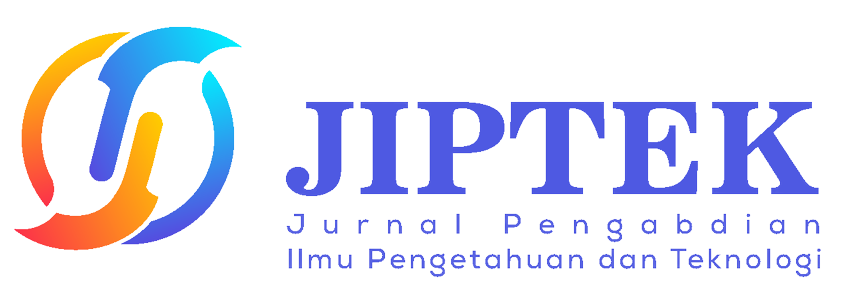Cybersecurity Awareness for Student SMKN 1 Denpasar
Main Article Content
Abstract
The digital era has changed the way we live and work. The use of the internet and digital devices is increasingly widespread, including among school-age children. However, along with easy access, various cyber threats have also emerged such as hacking, online fraud, and the spread of negative content. It is from this background that the Community Service for the Implementation of Independent Community Science and Technology (PIMM) International was carried out between Indonesian universities, namely the Padang State Polytechnic (PNP) and the Bali State Polytechnic (PNB) with a Malaysian university, namely the National Defense University of Malaysia (UPNM). This activity was carried out on the island of Bali, precisely at SMKN1 Denpasar. SMKN 1 Denpasar, as a vocational high school, has students who will enter an increasingly digital workforce. Cybersecurity skills are very important to protect personal data, company assets, and prevent cyber attacks. Therefore, it is important to equip the younger generation with cybersecurity knowledge and skills from an early age. This community service program can make a significant contribution to increasing the awareness and cybersecurity skills of SMKN 1 Denpasar students. Thus, students can be better prepared to face challenges in the digital era and protect themselves from cyber threats
Downloads
Article Details

This work is licensed under a Creative Commons Attribution-ShareAlike 4.0 International License.
How to Cite
References
. Goleman, D. (1995). Emotional Intelligence: Why It Can Matter More Than IQ. New York: Bantam Books
. Salovey, P., & Mayer, J. D. (1990). Emotional Intelligence. Imagination, Cognition and Personality, 9(3), 185–211.
. Von Solms, R., & van Niekerk, J. (2013). From Information Security to Cybersecurity. Computers & Security, 38, 97–102
. Whitman, M. E., & Mattord, H. J. (2018). Principles of Information Security. Boston: Cengage Learning.
. National Institute of Standards and Technology (NIST). (2021). Framework for Improving Critical Infrastructure Cybersecurity. Retrieved from https://www.nist.gov
. Whitman, M. E., & Mattord, H. J. (2018). Principles of Information Security. Boston: Cengage Learning.
. Edwar Rosman et al., “Instalasi Jaringan Komputer Sebagai Penunjang Layanan Administrasi Masyarakat Nagari Bomas,” Jiptek : Jurnal Pengabdian Ilmu Pengetahuan dan Teknologi , vol. 2, no. 1, pp. 24–27, Apr. 2024.
. Hidra Amnur, Rita Afyenni, Taufik Gusman, Rika Idmayanti, and Aldo Erianda, “Sosialisasi dan Penerapan Digitalisasi Sistem Pengelolan Peternakan Ikan pada Nagari Bomas Koto Baru, Kecamatan Sungai Pagu, Kabupaten Solok Selatan,” Jiptek : Jurnal Pengabdian Ilmu Pengetahuan dan Teknologi , vol. 1, no. 2, pp. 41–45, 2023.
. Gelle, S. (2021). The Psychology of Cybersecurity: Protecting the Human Factor. New York: Routledge.
. Cybersecurity and Infrastructure Security Agency (CISA). (2022). Avoiding Social Engineering and Phishing Attacks. Retrieved from https://www.cisa.gov.
. Symantec. (2020). Phishing Trends and Tactics: The Human Element in Cybersecurity. Retrieved from https://www.symantec.com.
. R. Hidayat, H. Amnur, A. Alanda, D. Satria, and Yuhefizar, “Capacity Building Digitalisasi Sistem Pertanian Menggunakan Farming Management System,” Jiptek :Jurnal Pengabdian Ilmu Pengetahuan dan Teknologi , vol. 1, no. 1, pp. 20–25, 2023, [Online]. Available: https://jiptek.org/

